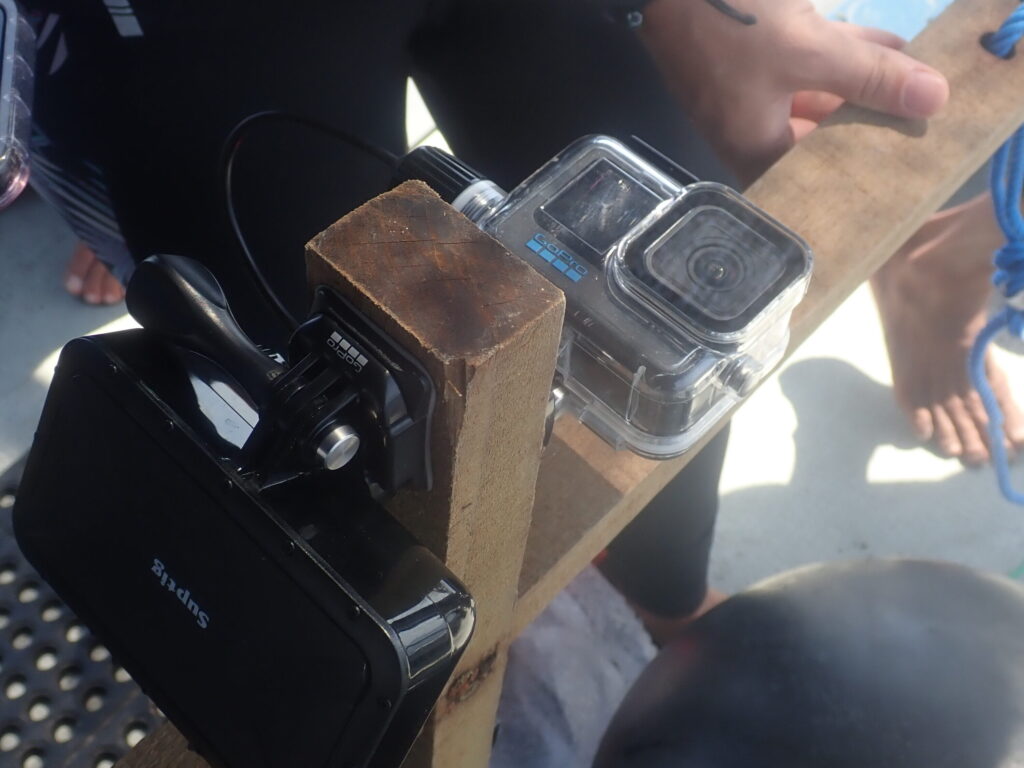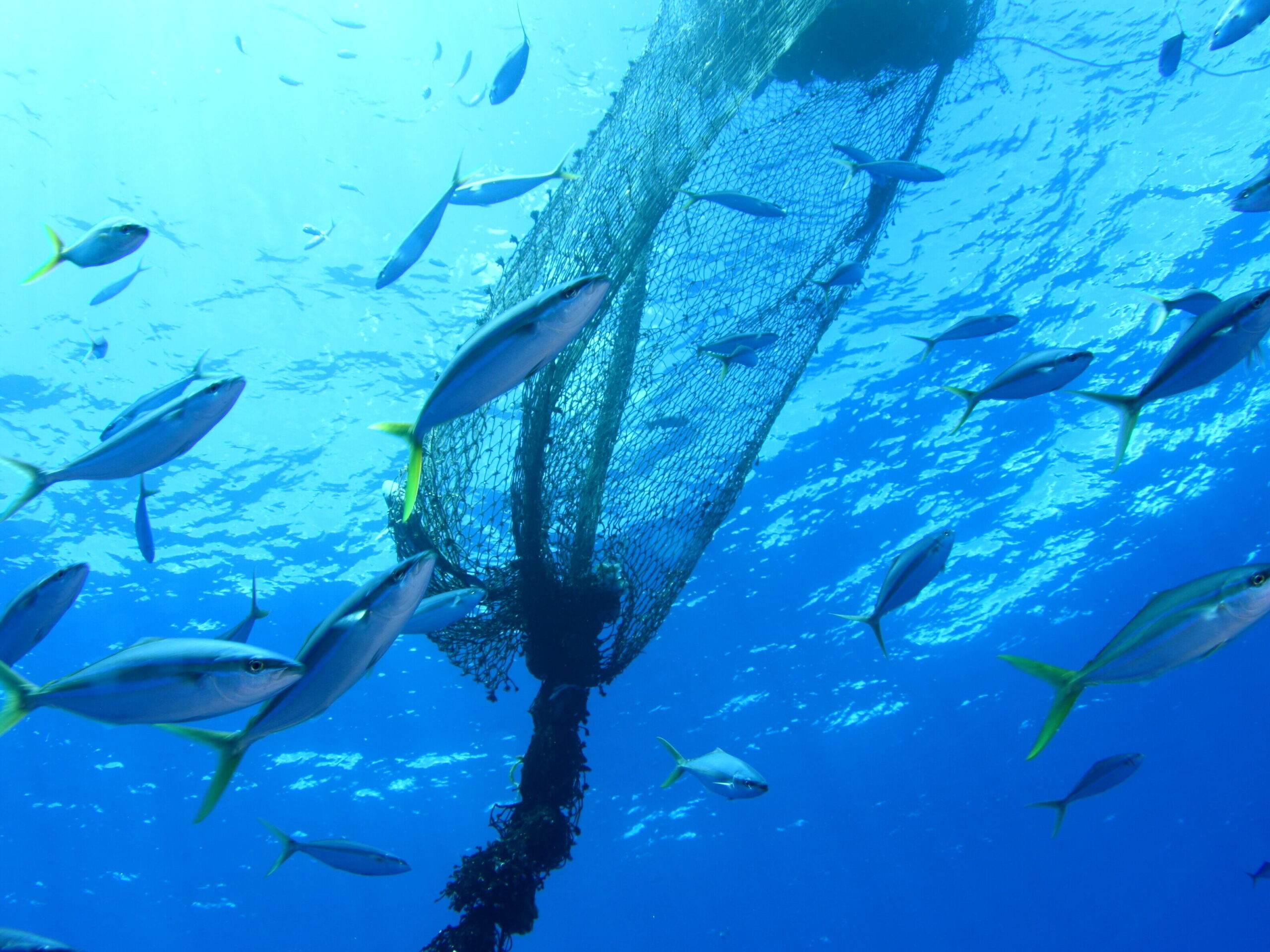OBJECTIVES
The main objective of this project is to assess the biodiversity of tropical pelagic species using video images. This will be achieved by deploying and analyzing video data collected from camera module.
METHODOLOGIES
The methodology involves two primary tasks: first, video data collection and second, deep learning algorithm development. We will begin by testing an action camera set prototype to establish the optimal sampling protocol for filming species near AFADs. This protocol will then be used to collect underwater video data across three study areas. Simultaneously, we will construct an annotated video dataset to train a deep learning model, such as a CNN or instance segmentation model, to automatically identify and classify different marine species. The best performing model will be selected using standard metrics and will be continuously updated with new data to improve its accuracy.
expected output
The expected output from this work is a fine-tuned, operational deep learning model capable of automatically detecting and classifying tropical pelagic species from underwater video images. This model will provide a data-driven method for assessing biodiversity in the study areas.



